UKASEE is a browser-hijacking web extension that represents the latest iteration of a long-standing family of similar rogue applications. Other similar hijacker variants are Trafcfy and ISEEK. UKASEE and these other hijackers all act and function in a similar way.
They add a rogue extension to the browser and replace the default search engine with a fake one so that all your searches get redirected. In the case of UKASEE, the fake search engine is boyu.com.tr or Quest.
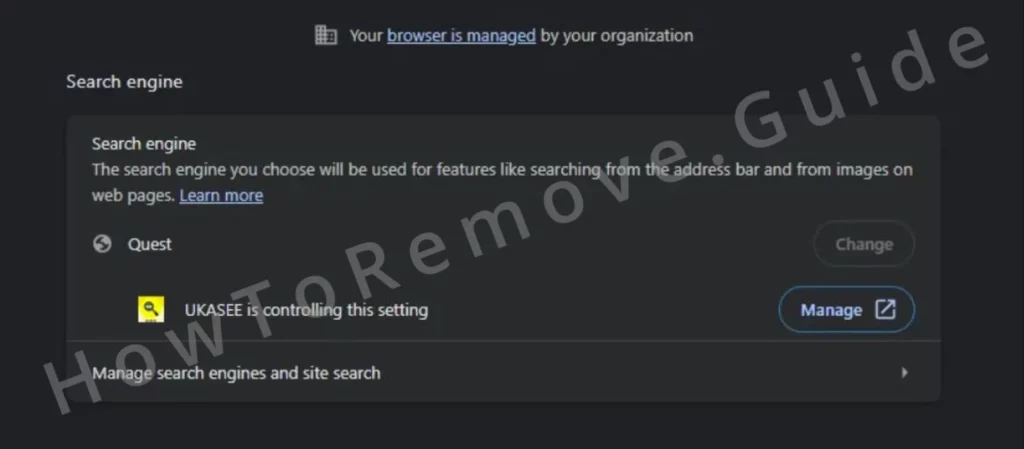
This is definitely annoying, but the even bigger problem is that it can get you exposed to online scams, trick you into downloading more unwanted software, or even land you on malware-distributing pages. To prevent any of this from happening, we recommend removing the hijacker with the guide we’ve prepared for you.
UKASEE Extension Removal Steps
Most hijackers of this type, including UKASEE, exploit a built-in feature that Google Chrome and other Chromium browsers have that lets the hijacker enforce its changes as if someone with admin privileges introduced them. That is why you probably see the “Managed by your organization” message in your browser. This is also what’s stopping you from removing the rogue extension and bringing back your preferred search engine.
SUMMARY:
To successfully remove UKASEE, you must first solve the “Managed by…” policy problem before attempting to restore the regular settings of your browser. The good news is we have a highly detailed and tested set of instructions that will let you unblock your browser and remove from it any rogue third-party policies. After that, we’ll show you which browser settings require a cleanup so that there’s nothing from the hijacker left in the browser.
How to Get Rid of the UKASEE Chrome Policy
First, open Chrome and type chrome://policy in the address bar. For Edge, type edge://policy instead. Scan the list of policies. Find any entries with random letters and numbers. These are likely the culprits. Save these values in a text file for later use.
Next, go to the browser menu, find Extensions, and open the Extensions Manager. Enable Developer Mode. Identify any rogue extensions you can’t delete directly. Save their IDs. If multiple suspicious extensions exist, save all their IDs. If blocked from accessing this page, skip to the next step.
Access your C: drive. Navigate to Users, then your user folder, followed by AppData > Local > Google > Chrome > User Data > Default > Extensions. Look for folders matching the policy values and extension IDs you noted. Delete these folders.
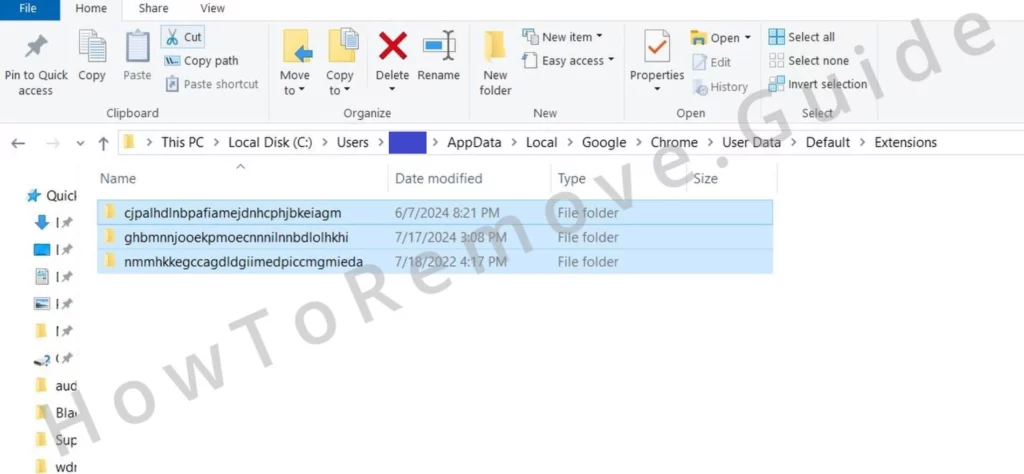
If you couldn’t open the Extensions page, delete all extension folders in this directory. Legitimate extensions can be reinstalled later.
Press Win + R, type regedit, and hit Enter. This launches the Registry Editor. Press Ctrl + F, paste one of the policy values you saved, and click Find Next. Delete the matching key when found. Continue this process until all related entries are gone.
Repeat this for each extension ID. Navigate to these paths and delete the final key in each:
- HKEY_CURRENT_USER\Software\Google\Chrome
- HKEY_CURRENT_USER\Software\Policies\Google\Chrome
- HKEY_LOCAL_MACHINE\Software\Google\Chrome
- HKEY_LOCAL_MACHINE\Software\Policies\Google\Chrome
- HKEY_LOCAL_MACHINE\Software\Policies\Google\Update
Once the Registry is cleaned, the rogue Chrome policy should be gone.
IMPORTANT!: Rogue extensions sometimes block the deletion of registry keys. If this happens, perform the following extra step:
Right-click the folder above the one you wish to delete. Go to Permissions, select Advanced, then click Change. Enter “everyone” in the object name field. Click Check Names, then OK. Check the boxes for “Replace owner on subcontainers…” and “Replace all child object…” options. Click Apply and OK. Now you can delete the rogue registry key.
Search for “Edit Group Policy” in the Start Menu. Open it, expand Local Group Policy > Computer Configuration. Right-click Administrative Templates, select Add/Remove Templates, and delete everything.
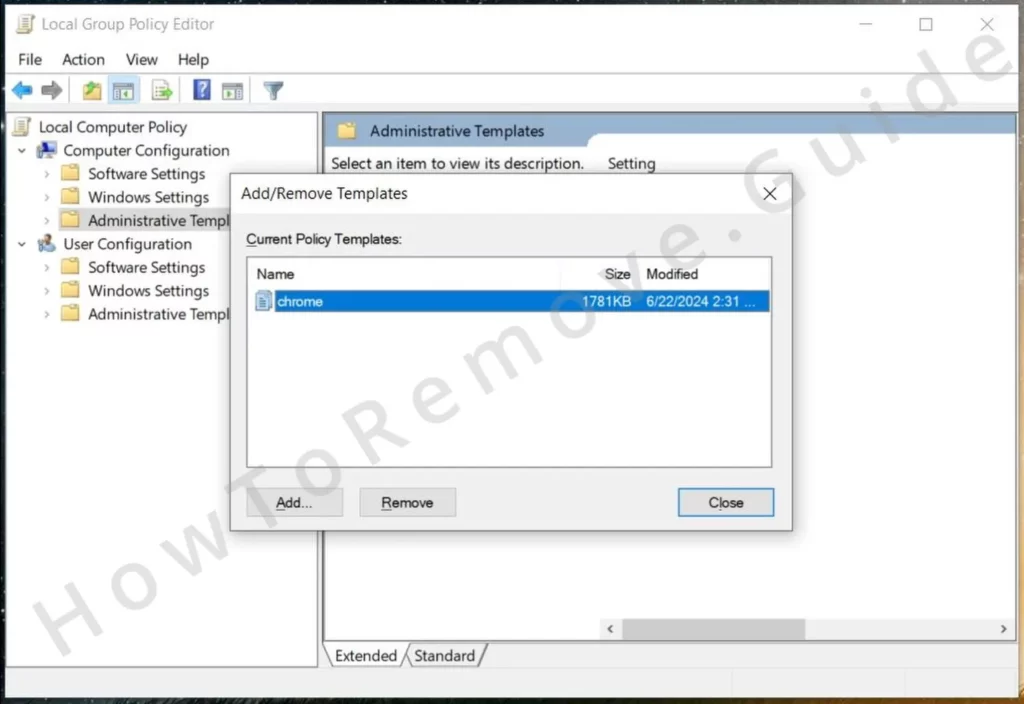
Download and run the Chrome Policy Remover tool as an administrator. This tool executes a script to remove all currently enabled Chrome policies.
Delete the UKASEE Extension From Chrome
With rogue policies cleared, restore normal browser settings. Remove remaining unwanted extensions. Open your browser, go to Settings, and clean the following sections:
For browser cleanup, start with Extensions by removing any inactive rogue apps. Then, in Privacy and Security, delete browser data from a period before the hijacker appeared, ensuring to leave Passwords intact.
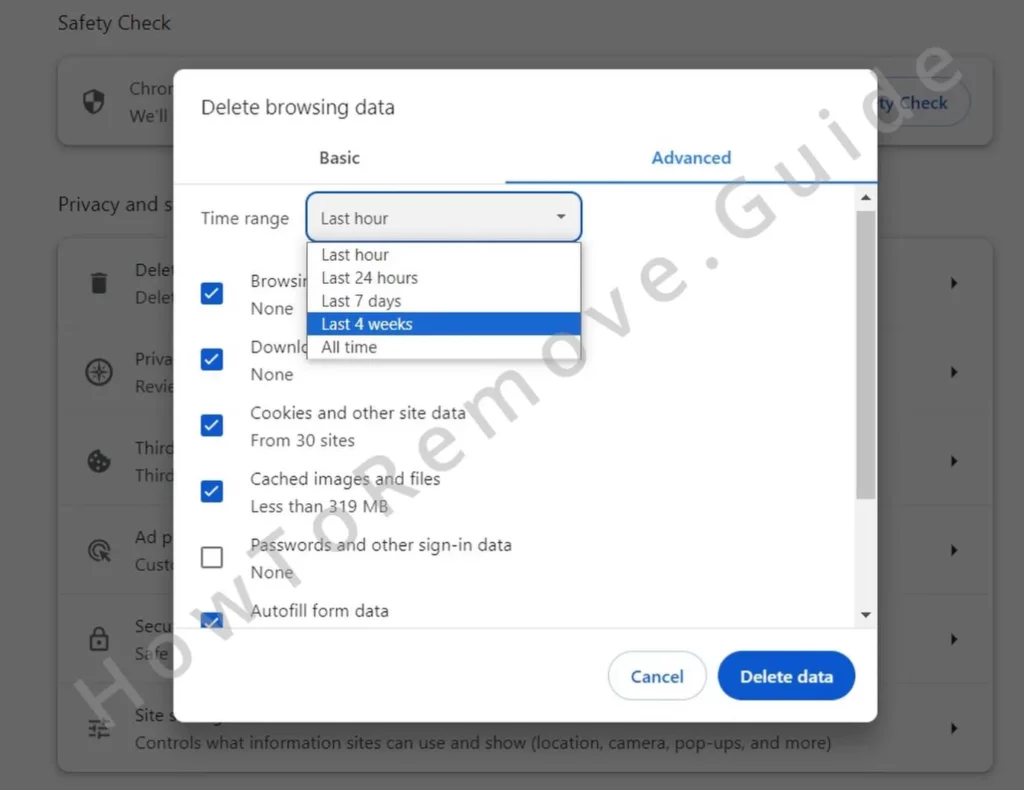
Review Site Settings, removing permissions for UKASEE and any other suspicious URLs.
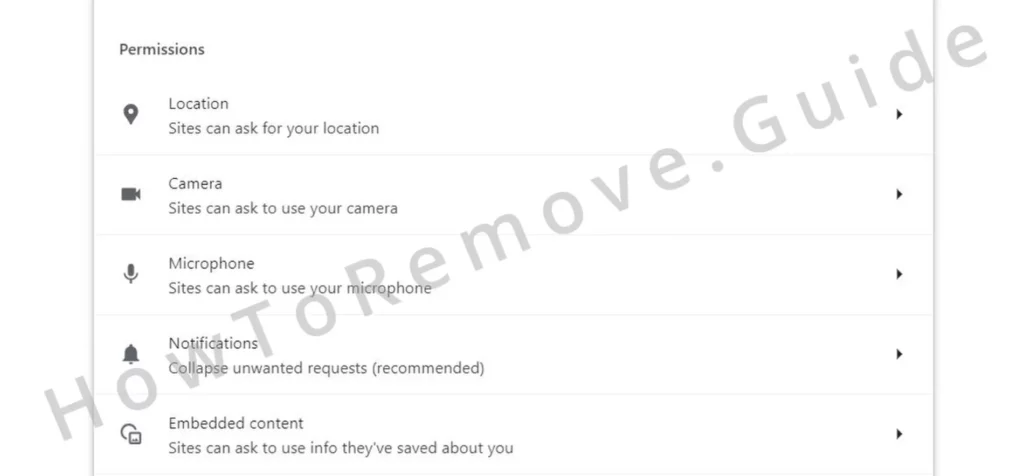
Check Appearance and On Startup sections, removing any unwanted URLs related to UKASEE.
Lastly, verify your default search engine is reliable, such as Google or Bing, and clean out any dubious search engines from Manage Search Engines.

If you complete all the steps shown here, we have high confidence that the hijacker should no longer be in your browser and PC. However, we do need to warn you that the creators of rogue software like UKASEE often make changes that introduce new challenges when removing the malware. For this reason, in case this guide doesn’t get rid of everything, it’s best to employ the help of a specialized anti-malware tool such as SpyHunter – the program provided on this page.
We do also need to point out that it’s not uncommon for unwanted programs downloaded on the computer to be responsible for the presence of the hijacker. If you’ve recently installed anything fishy, go to Settings > Apps and uninstall the program. If that’s not enough and UKASEE keeps getting re-added to your browser, then you are probably dealing with an actual malware, in which case it’s also best to use a professional malware-removal program.
Is UKASEE a Virus?
UKASEE is technically not a virus program even though it might seem this way based on its intrusive actions and invasive nature. However, UKASEE is actually nothing more than a rogue browser extension that even has its Chrome Web Store page (at least at the time of writing).
This rogue extension is developed by Findflarex – a fake company known for creating browser hijackers like UKASEE and uploading to the Chrome Store. Once their latest one gets delisted, they create a new extension with the same or similar functions.

The end goal of these rogue browser add-ons is to promote various fake sites (mainly fake search engines) and collect revenue from the ads displayed there. It’s the same old scheme as the majority of browser hijackers. The unique thing is that UKASEE and other ones developed by Findflarex are more persistent and difficult to remove.
Recently, we learned that their newer versions, including UKASEE, are able to stop the user from deleting their Registry entries which creates another roadblock when trying to delete the malware. The good news is we addressed this obstacle in our guide, but we wouldn’t be surprised if the malware creators figure out a new way to hamper the user with the next hijacker iteration. We’ll just have to wait and see and update our guide again to be as helpful as possible to our readers.
Until then, we hope the guide provided on this page lets you clean your browser from UKASEE and any other rogue extensions present on your computer. As for future safety, we strongly recommend that you avoid downloading anything from questionable sites with a bad reputation.
One of the most common sources of hijackers and worse malware is SteamUnlocked, but many others can also get your browser taken over and your PC infected. Also, be careful with mods for Roblox and Minecraft because those also seem to be frequently laced with some form of malware or hijackers.
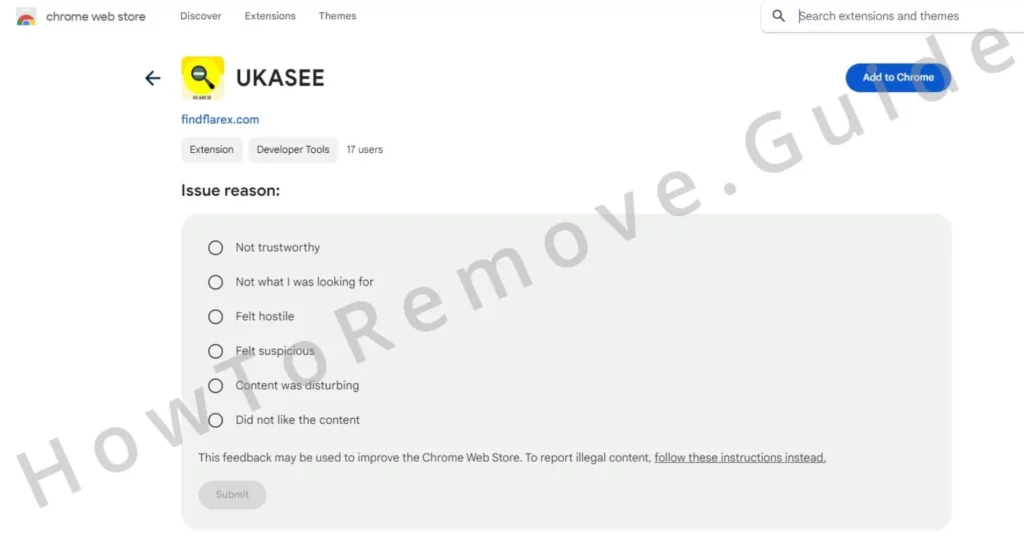
Lastly, to ensure this rogue extension gets delisted and blocked on the Chrome browser as soon as possible, we strongly recommend going to its extension page and reporting it. This is a good way to help fight the endless flood of hijackers and signal to Google this particular developer creates only rogue software.

Leave a Reply